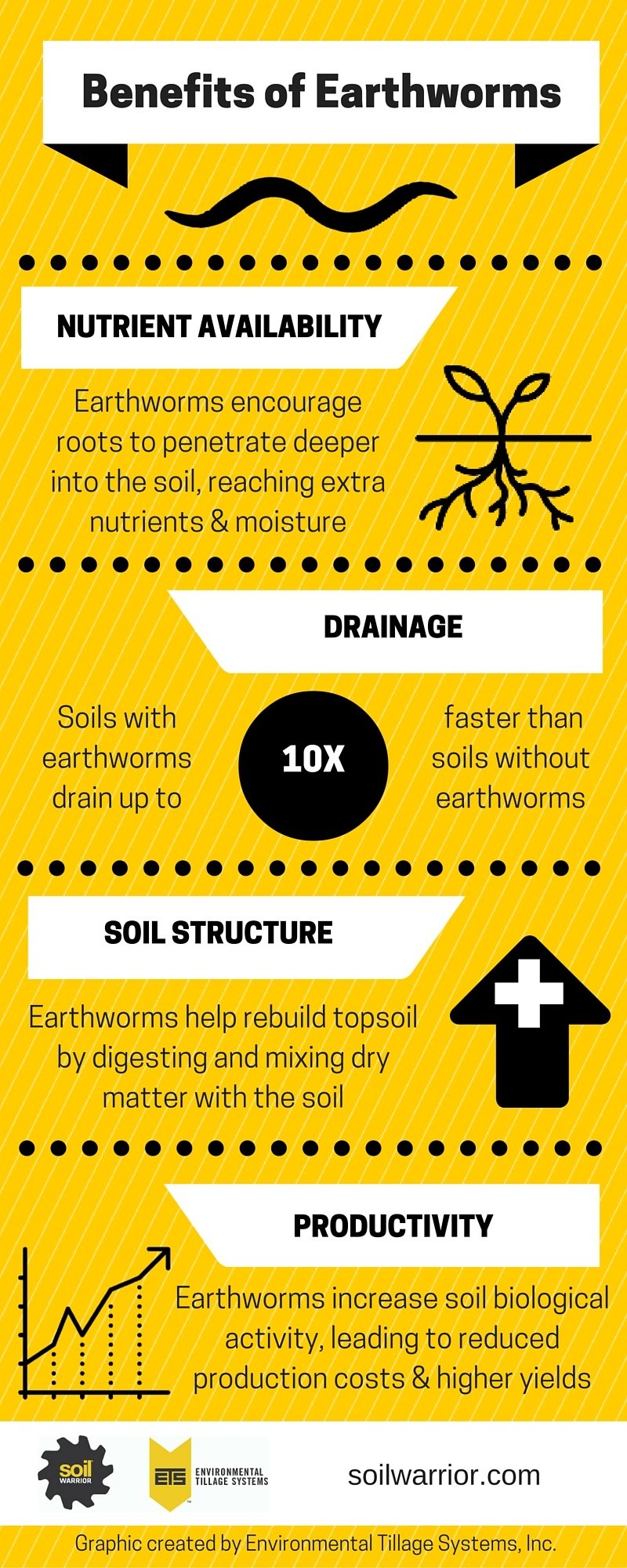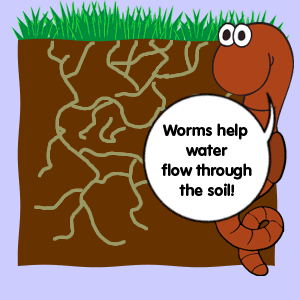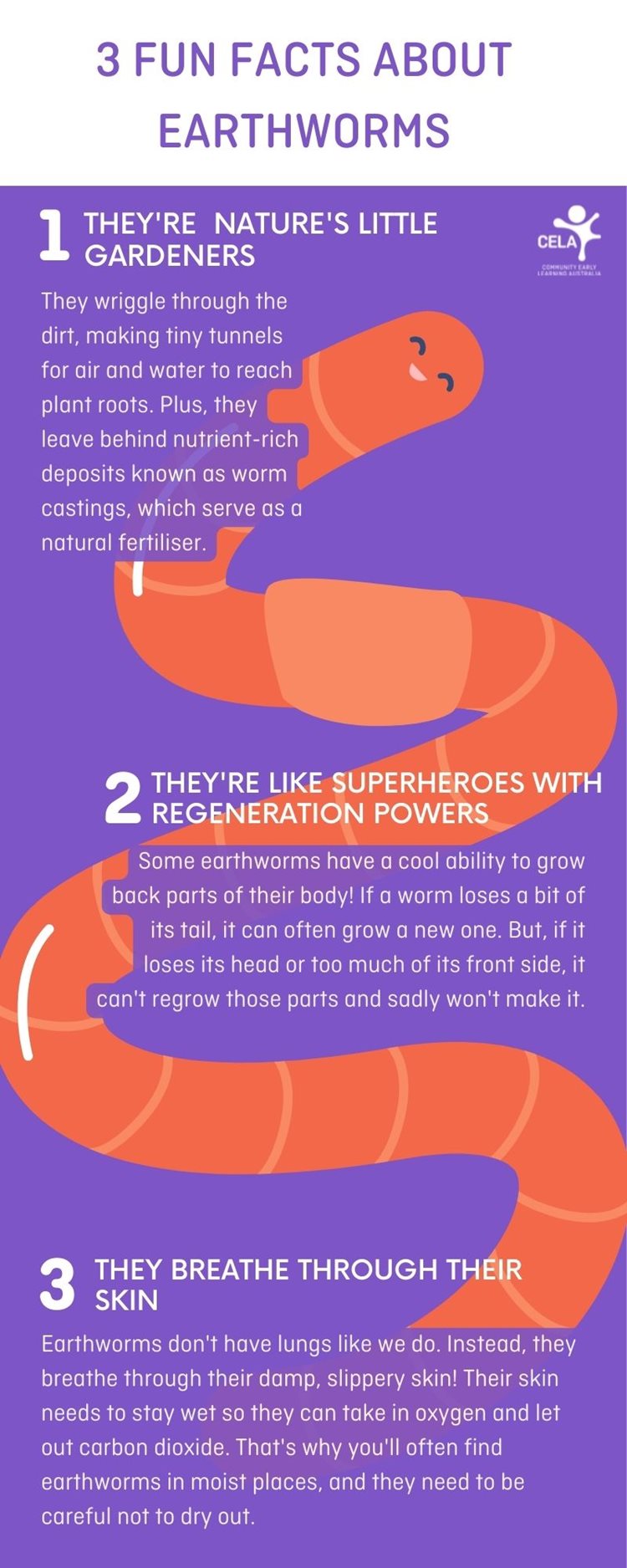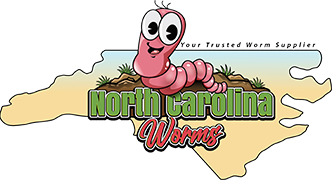The Ultimate Guide To North Carolina Worms
The Ultimate Guide To North Carolina Worms
Blog Article
The Of North Carolina Worms
Table of Contents8 Easy Facts About North Carolina Worms ShownThe 7-Second Trick For North Carolina WormsA Biased View of North Carolina WormsNot known Details About North Carolina Worms
Example: 1-gallon of worm spreadings to 4 gallons of potting mix. Do NOT use a potting mix that has chemical plant foods in it. Read the labelit will certainly say. 1/2 cup in all-time low of the planting hole for smaller sized plants. 1 cup for larger plants. ie. tomatoes, green peppers, summer season squash, and the like.
The addition of tea can additionally include boosted microbial biomass to your soil. You can constantly side-dress your plants with worm spreadings at any type of time. Simply bear in mind, the bacteria will pass away if subjected to UV rays (Sun), so be certain to cover the castings with an inch or so of dirt.
This baffled them for years till the testing techniques came to be much better. It would certainly get far better(with more spreadings), degree off, and then decrease. Also numerous worm spreadings would certainly speed up the development to a speed that the plant can not recover from.
The Best Guide To North Carolina Worms
Several herbicides deal with this very same principle. 20% by volume seems to be the "Sugary food Area". I have stated the virtues of worm castings for regarding 2000 words. What regarding the other side of the coin? Nothing is best. Worm spreadings are no different. It takes time to create high quality worm castings.
You can purchase them which results in second. Worm castings definitely set you back greater than chemical fertilizers. However, worm castings get on the more affordable end of organic fertilizers. You will have to determine what is more crucial. It is simple to create percentages of worm spreadings. (50 gallons each year) It is a much more challenging and extremely expensive financial investment to create huge quantities of worm castings (Lake Rhodhiss Bait).

Producing a healthy soil might be the biggest benefit of worm spreadings. We went over worm spreadings NPK and likewise the correct nutrient evaluation that ought to use to worm castings.
The 5-Second Trick For North Carolina Worms
We chatted concerning some of the disadvantages associated with worm spreadings. I covered a whole lot of product in this write-up.
The vertical burrows are generally open, although the worms cover the leading with deposit and excrement. Roots need oxygen for their growth, whereas they create carbon dioxide that requires to leave the soil.
Earthworms boost porosity by 2 devices: (1) by producing long-term burrows, and (2) by improving dirt aggregation. Gathering is improved by the blending of soil and natural issue in the earthworms' digestive tracts. North Carolina Worms. These very steady aggregates are transferred by some earthworms in their burrows, and by others at the surface of the dirt


In another research, earthworms were estimated to consume 4 to 10 percent of the top 6 inches of the soil yearly. Soil compaction decreases the porosity of the soil.
Getting The North Carolina Worms To Work
Typical earthworm populations can conveniently take in 2 heaps of dry matter per acre annually, partly absorbing and blending it with soil. The value of earthworms to mix surface deposit with soil becomes very clear in dirts that do not have any type of earthworms. A lot of our Pennsylvania dirts have at least some earthworms, and the result of their total absence, therefore, can not be kept in mind.
(https://www.producthunt.com/@ncworms)In these dirts, the development of topsoil with reasonable raw material content did not happen, resulting in bad crop growth. Once the cause was developed, the government of the Netherlands began a campaign to introduce earthworms. After the introduction of the earthworms, a dark topsoil layer was formed, and plant development raised substantially.
They live mostly from partially broken down natural matter that is already incorporated in the dirt. These varieties ingest large quantities of dirt that they blend with digested plant deposit in their guts.
Their burrows remain open, although they cover the leading with crop residue that they draw to the entryway. These types ingest substantial quantities of soil that they blend with digested deposit in their intestines. Their excrement is primarily transferred at the surface of the dirt. The nightcrawler Lumbricus terrestris is the most popular participant of this group.
Report this page